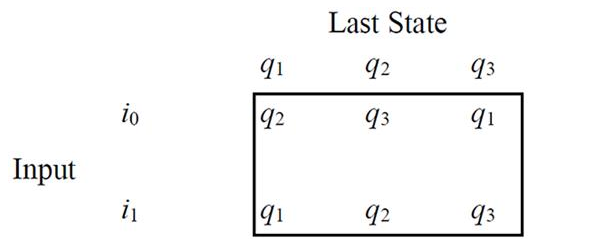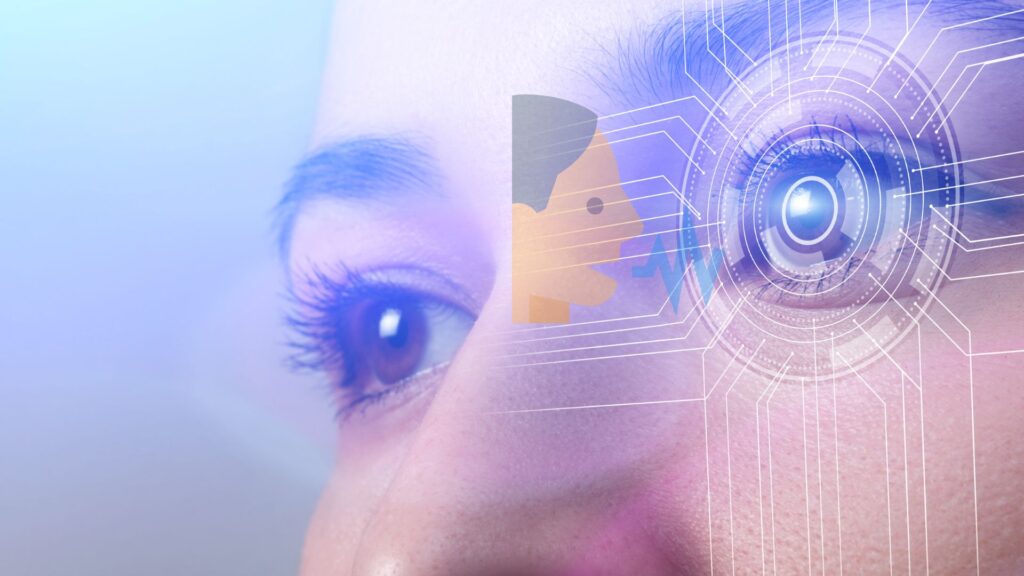“Intelligence cannot be measured using a scale.” I assume we have all heard that. How about measuring artificial intelligence, though?
Indeed, the constituents of intelligence cannot be added together to form a single, large number. But why not measure the AI’s performance throughout different aspects of intelligence?
For instance, if an AI is able to surpass humans in an IQ test, this suggests that it is particularly adept at processing tasks related to spatial reasoning.[Spatial reasoning is the ability to think about and manipulate objects in three dimensions.]
We can say that an AI has good OCR skills if it surpasses humans in captcha recognition – and so forth.
Here are some likely ways to measure the Intelligence of an AI:
- The Turing Test, of course
- Behavior recognition
- Exemplar Based System (EBS) in Natural Language Processing
- Artificial General Intelligence (AGI)
A. The Turing Test

The first step in determining an AI’s intelligence is to see if it can speak in human-like tones. This is The Imitation Game or the Turing test. In an article written in 1950 and published, Alan M. Turing explained it as follows:
“Let us suppose that a human interrogator carries out a test of intelligence by trying to decide, for each successive output from the machine, which of four possible contributors is responsible.”
This definition enables us to determine that his definition contains the two components of deception and intellect. We say that a machine has passed the Turing test if the listener cannot identify from their discussion which one is a machine and which one is another human.
The Turing test has been a good way to judge the intelligence of an AI, but it is still not reliable. If a person can understand AI very well and try to fool them, we will not be surprised. And if someone cannot fool the AI, then this is already above the human level by definition.
B. Behavior Recognition

There are numerous approaches to measuring behavior recognition, including:
- The Visual-Gaze Response in Eye-tracking technology/Biometric recognition in palm print, face, and fingerprint to ensure that all people get equal treatment.
- The unique password to assure fair and equal treatment for all people.
- Voice recognition to make sure that everyone is treated with respect.
Although it will be very difficult for AI to manipulate people using the three aforementioned ways, there are still other techniques we can use to measure the efficiency of AI, including the online anti-phishing algorithm, the online anti-fraud algorithm, and the online advertising algorithm. These three methods are infallible to human deception, but they are nevertheless essential for measuring an AI’s intelligence.
C. The Natural Language Processing Exemplar Based System (EBS) for measuring Natural Language Processing (NLP)

Here are some examples of EBS:
- Sentence correction: By using context, we can correct the sentence as best we can.
- Spelling Correction: Terms that need to be corrected are selected depending on their closeness to other words, the context of the phrase, and how often those words appear in a corpus of languages.
- Error correction: Words that have been corrected will be picked depending on the frequency in a corpus of languages and their orthographic similarity to other words in the corpus.
The EBS can be used to assess a machine’s intelligence, particularly in the area of NLP.
D. Artificial General Intelligence (AGI)

An AGI is hard to construct, but once it is, we can use it to measure an AI’s IQ. An AGI that we cannot control has an IQ that may be very difficult to quantify, but once we have power over it, it will be the ideal tool for measuring intelligence. The more intelligent you are, you can control your environment and other people more effectively.
Artificial intelligence is becoming stronger and more intelligent every day. Science has progressed quickly and improved the comfort of our life. But finally, we will cross a line beyond which technology will be able to dominate us rather than the other way around.
The Accuracy Factor for measuring Intelligence
When assessing artificial intelligence and finding out whether or not the AI is capable of making important decisions, accuracy is a key consideration. The ability of AI to decide things will improve as it grows more accurate.
Tasks requiring human-level intelligence (like playing chess) become easier for machines to achieve as technology advances into an era of “machine learning”. As a result, we can foresee that machines’ judgment will improve.
A variety of techniques, including Classification Accuracy, Confusion Matrix, Logarithmic Loss Mean Absolute, F1 Score, Area Under Curve, Error, Mean Squared Error, and more, can be used to evaluate a machine’s accuracy.
One problem with measuring machine intelligence is that there are many different factors we need to take into account when evaluating performance. These factors include: how accurate the question/task is; how representative each machine’s performance truly is; and how well the various machines compare with each other.
In addition, if a certain type of machine (e.g., a cognitive system or a statistical model) is being used, we would need to take into account the hardware and software that it may be running on.
Read:
Will different AI’s have different levels of Intelligence?
Just like different humans have different levels of IQ, the same will be the case for robots. Unless you know they have some kind of collective consciousness or something like that.
If we created every robot with an equal level of intelligence, it would not make sense anyways. If an intelligent robot is built in the first place, it won’t just start building other robots more intelligent than itself. Because who would, of course?
If the robot was intelligent, it would love to stay at the top, rather than create something more powerful/intelligent than itself.
The Turing Test is not the only way to measure intelligence. There are many other methods that we can use to measure it. Some of them can be based on face recognition technology, password verification, or online anti-phishing algorithm. But no matter what kind of method you use, the Intelligence score will vary a lot for every single machine and in many cases, it is also very controversial.
Why measuring the intelligence of an AI is going to be really important?

Measuring Artificial Intelligence is going to be a key part of our future with AI. AI will be able to do many things, such as driving cars and fighting bacteria. But just because these machines can do it doesn’t mean they should. We need to know exactly how intelligent each machine is and then decide whether we want them in our lives or not.
The most important thing is to understand that the future of AI is unpredictable, no matter what the media says. We have a lot of people worrying about how quickly AI can take over our lives, but they don’t really understand how AI really works. In fact, we don’t even know what kind of AI we are going to unveil in the future.
Is there going to be a time when robots will evolve into having an intelligence similar to that of humans? Is that even possible? Are we going to build robots with human-like consciousness? If so, will they be able to create other robots more intelligent than themselves as well? Will these new species of super-intelligent robot overlords replace humans? Aren’t you afraid yet?
Well, being able to measure the “INTELLIGENCE” of Artificial Intelligence is going to be the key for us to rest assured and choose the future we want. If it develops in an unregulated manner, the scenario is going to be disastrous.
Related Readings:
- How can I manage the future with machine learning and AI?
- Collective AI Consciousness — Will all AI Systems Run on a Common Algorithm?
Final lines,
So, the more we know about AI and how it works, the better we can take control of our future. We need to understand them in order to be able to manage them. And the best way of mastering AI is to measure its intelligence through various techniques. The techniques include word analysis and machine learning as well.
- AI-Powered PCs: Overhyped Trend or Emerging Reality? - August 21, 2024
- Princeton’s AI revolutionizes fusion reactor performance - August 7, 2024
- Large language models could revolutionize finance sector within two years - March 27, 2024



